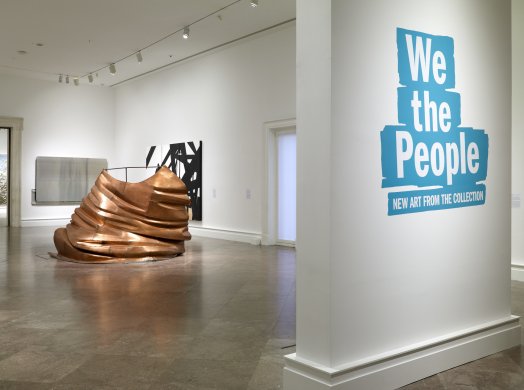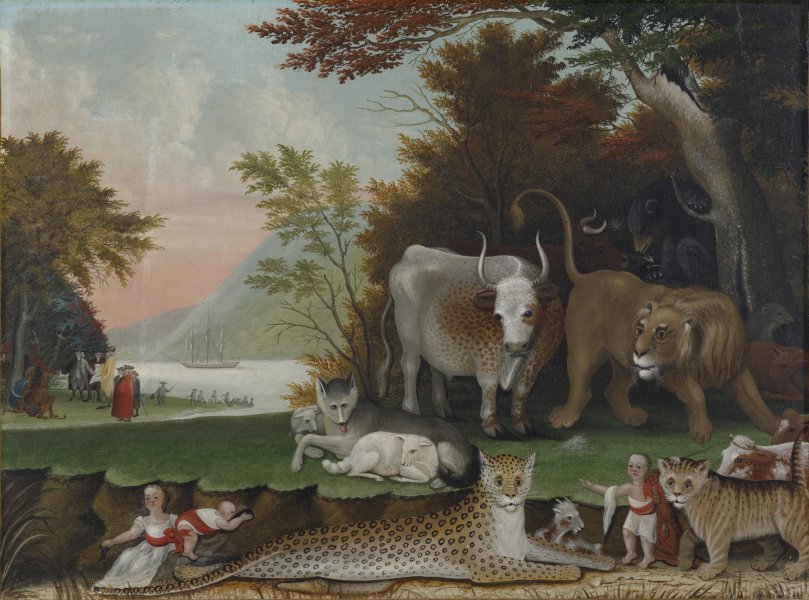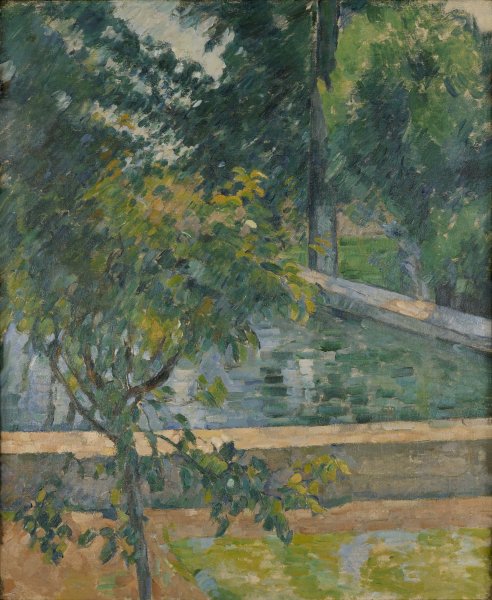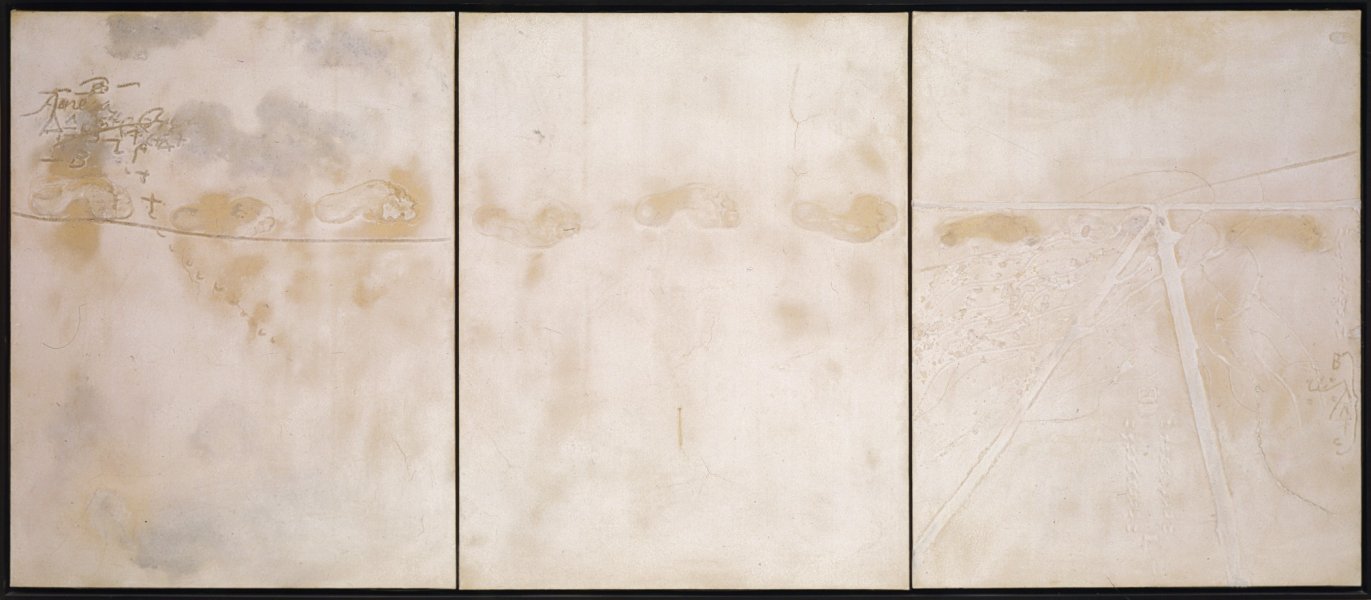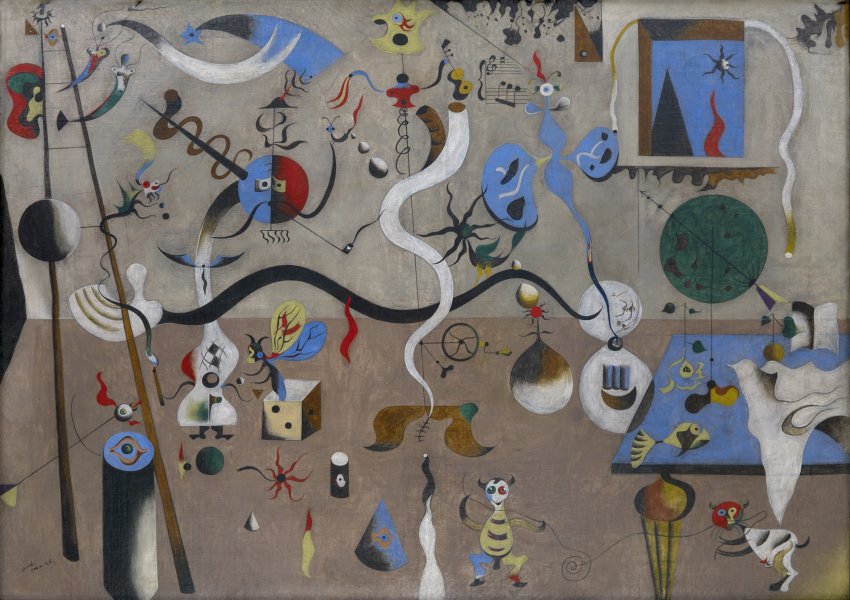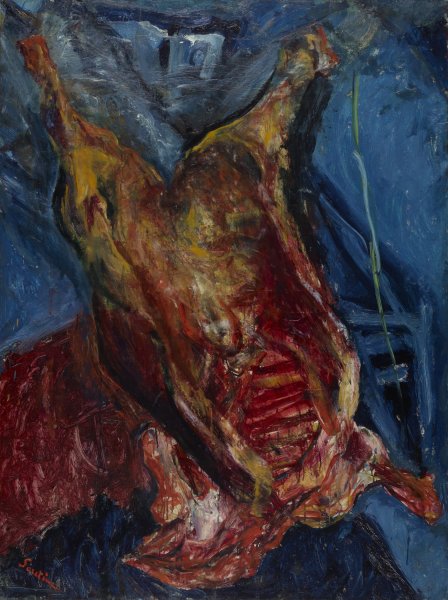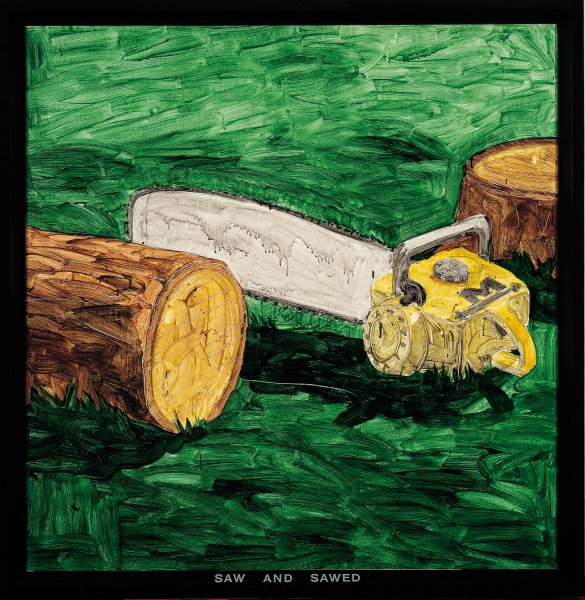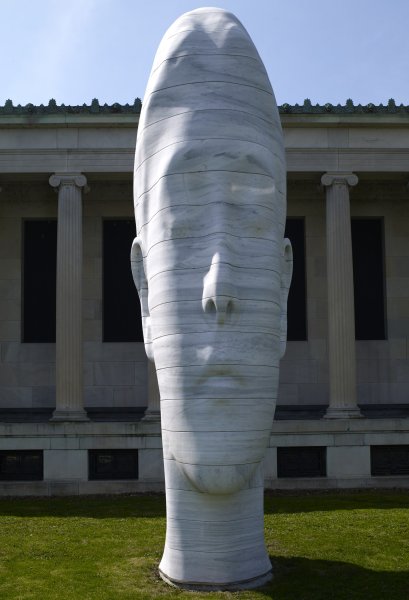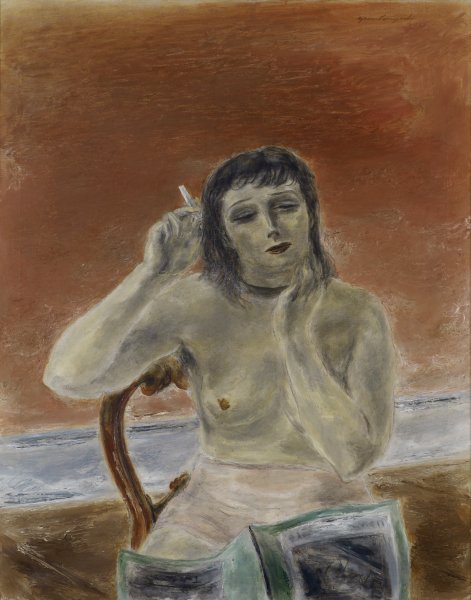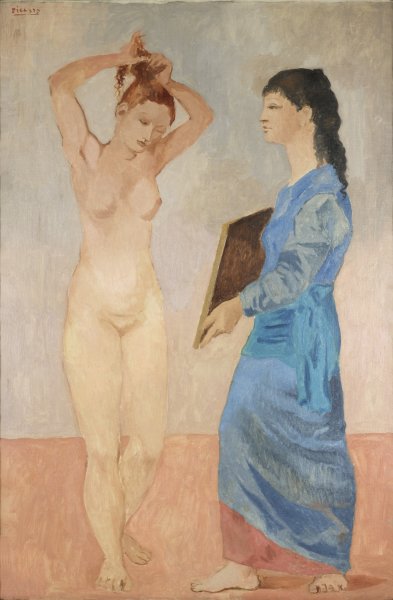Agus Suwage
Indonesian, born 1959
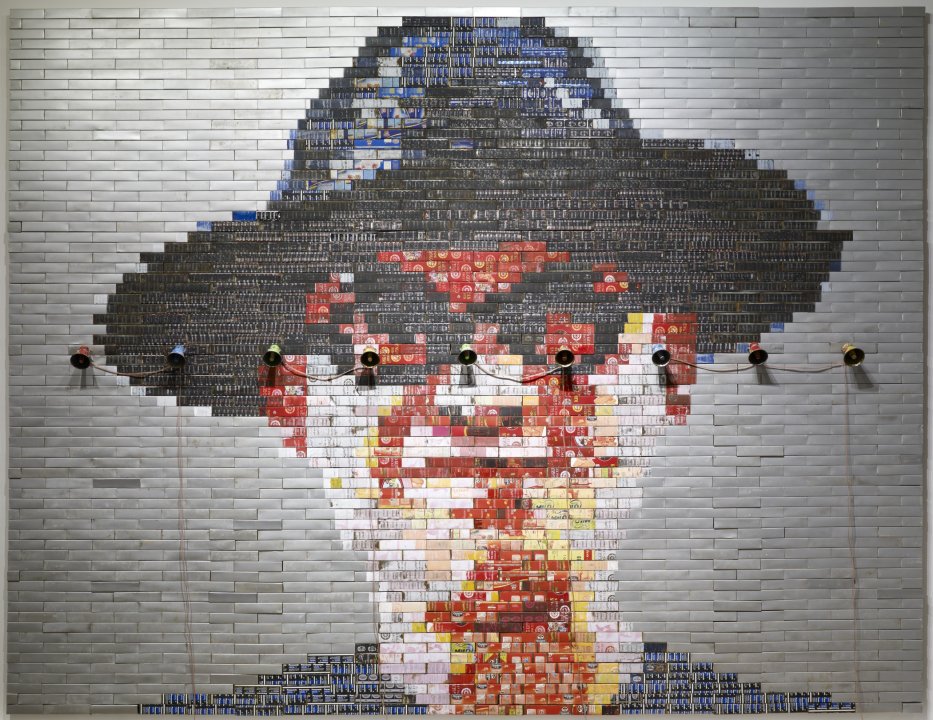
Agus Suwage (Indonesian, born 1959). Tembok Toleransi #2 (Tolerance Wall #2), 2013. Screen print and paint on recycled cans, car audio system, and sound, 138 1/2 x 179 1/4 x 7 1/2 inches (351.8 x 455.3 x 19.1 cm). Collection Albright-Knox Art Gallery, Buffalo, New York; Gift of Mrs. Georgia M. G. Forman, by exchange, 2018 (2018:13a-s). © Agus Suwage
Tembok Toleransi #2 (Tolerance Wall #2), 2013
Artwork Details
Materials
screen print and paint on recycled cans, car audio system, and sound
Measurements
overall: 138 1/2 x 179 1/4 x 7 1/2 inches (351.79 x 455.3 x 19.05 cm)
Collection Buffalo AKG Art Museum
Credit
Gift of Mrs. Georgia M. G. Forman, by exchange, 2018
Accession ID
2018:13a-s
For artist Agus Suwage, the practice of creating self-portraits like Tembok Toleransi #2 (Tolerance Wall #2) is a means of exploring his long-term interest in identity and the way in which it is shaped by social and political currents. Suwage created this self-portrait, complete with his signature hat and glasses, using rectangular tiles made from colorful recycled tin cans.
In recent decades, the artist’s work has referenced and critiqued the increased repression of religious minorities in his home country of Indonesia. The small loudspeakers strung horizontally across the artist’s face in this work play chants and prayers from Indonesia’s major religions, including Christianity (the faith in which he was raised) and Islam (the religion to which he converted as an adult). The aural continuity between the various invocations creates an immersive, non-hierarchical experience of these diverse faiths. When it was first made, Tolerance Wall #2 served as a sound barrier shielding the artist’s studio from the noise of the city, including loud calls to prayer from nearby houses of worship.
